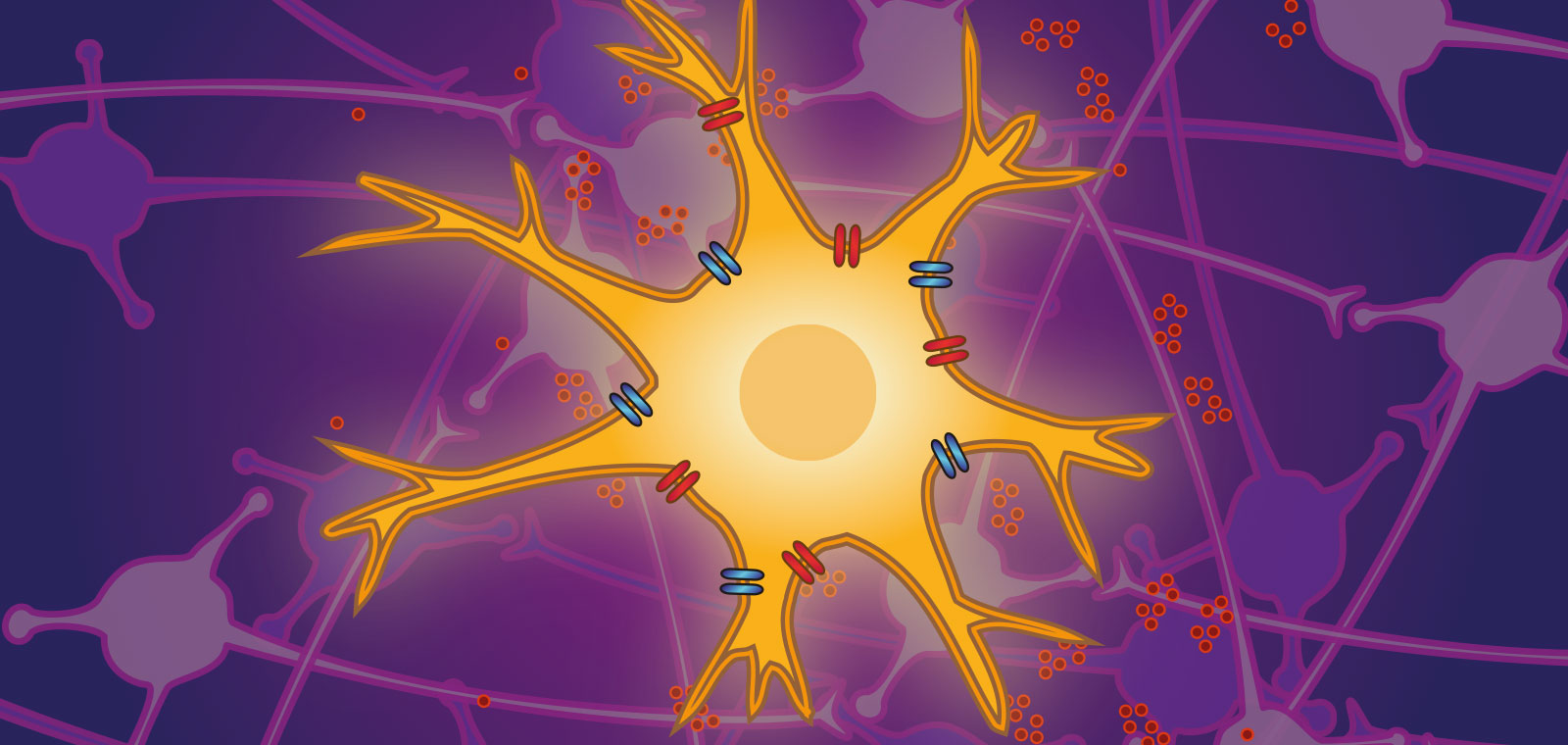
There are cells called macrophages in almost all organs of the body. Macrophages are very skilled at recognizing infections and stress and absorbing bacteria, waste and dead cells. Macrophages develop early in the embryonic stage and then migrate to organs where they subsequently remain. The macrophages of the brain, so called microglia, are different from macrophages in other organs.
Microglia are better at cleaning up brain chemicals than other macrophages and have certain specific molecules on their cell surface to receive signals in the brain. It is still unclear how these differences between various macrophages come about.
Immune functions of microglia
Researchers from BPRC are working on this topic and have summarized the current situation in a review. The review provides researchers with information about the dynamics of microglia innate immune functions. An important topic because it plays a role in almost all neurological disorders, especially dementia and Parkinson's disease.
They describe that both the origin of the macrophage ("nature") and the "education" by the environment of the brain ("nurture") play a role in the development of the specific functions of microglia. In addition, it becomes clear that most differences between macrophages can be found in the regulation of their immune responses. Specifically for microglia, their responses start slowly, but do not seem to extinguish so easily.
Aging
It also examines the role of aging in microglia immune functions and describes a number of specific adaptations of microglia to the brain. These adaptations mainly seem to result in microglia not responding as quickly or as violently as macrophages in other tissues. Given the importance of the brain, it is understandable that we are careful with it, and that immune reactions only start when there really is no other option!
The review can be read here.

